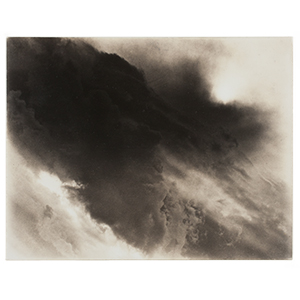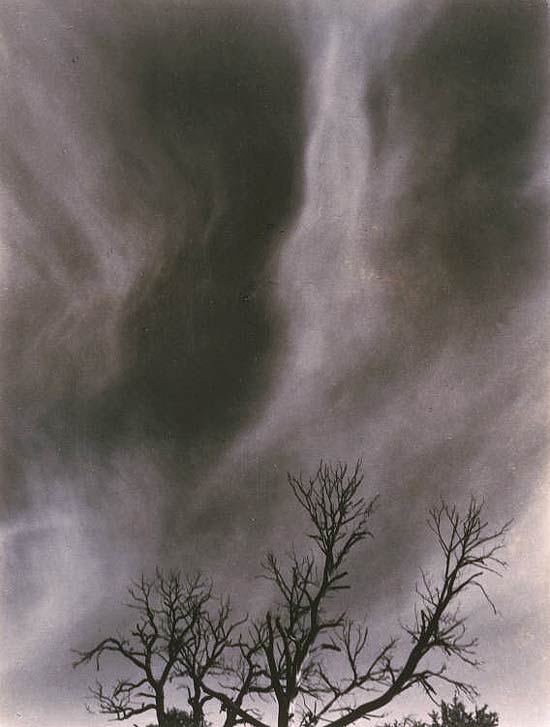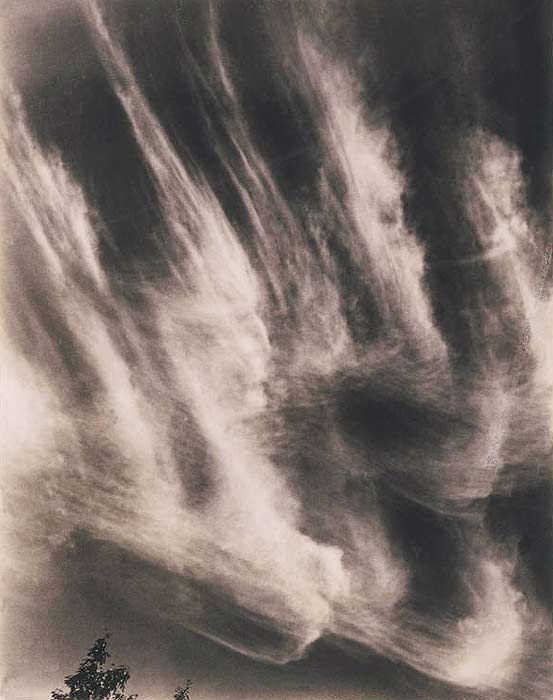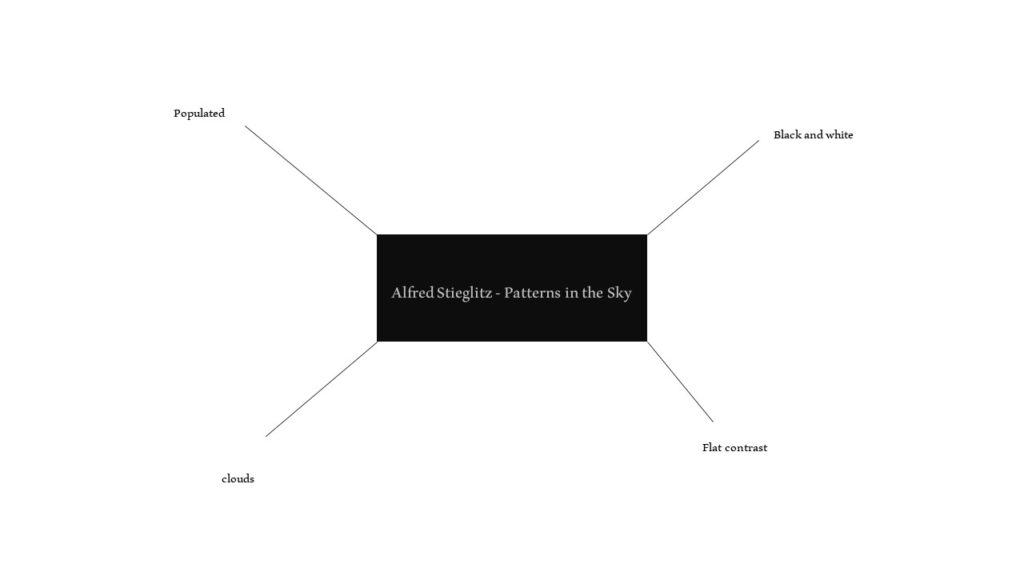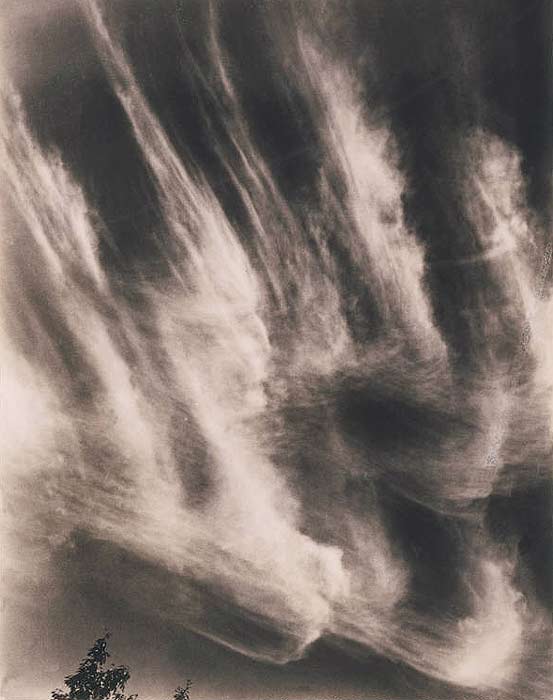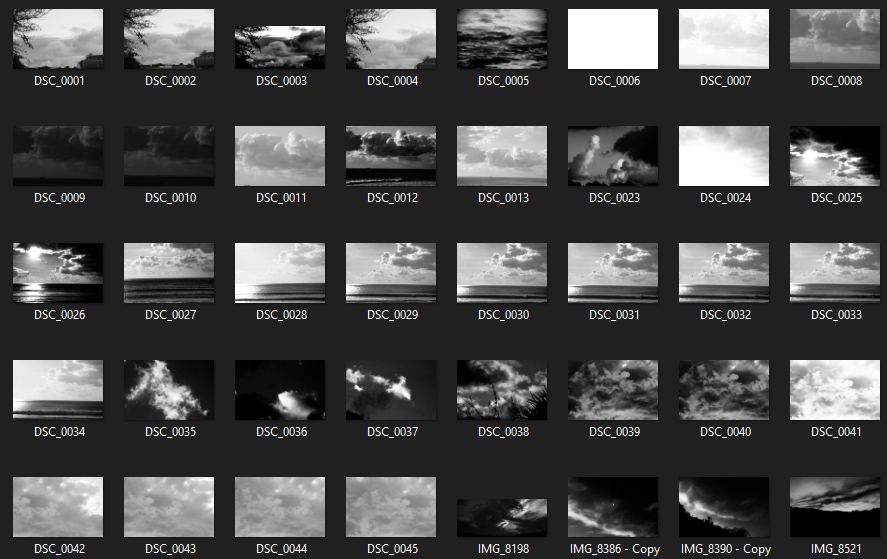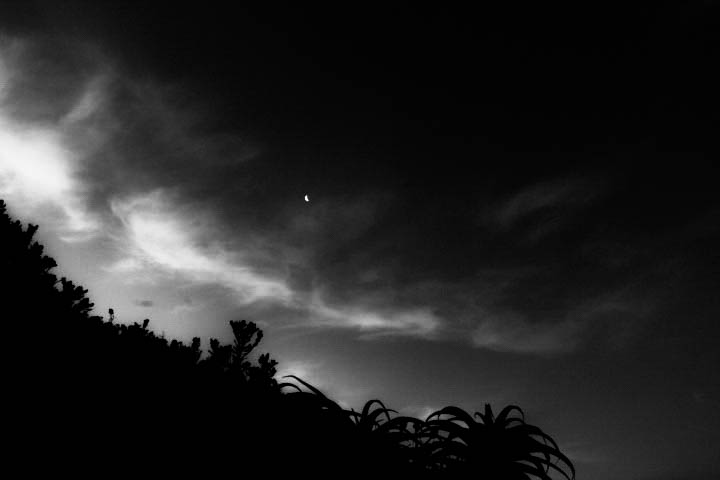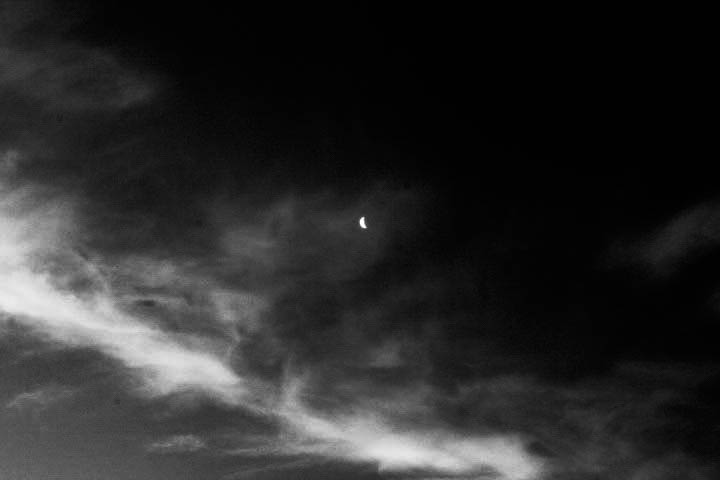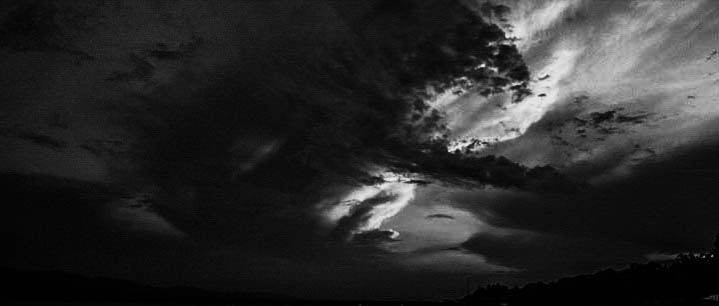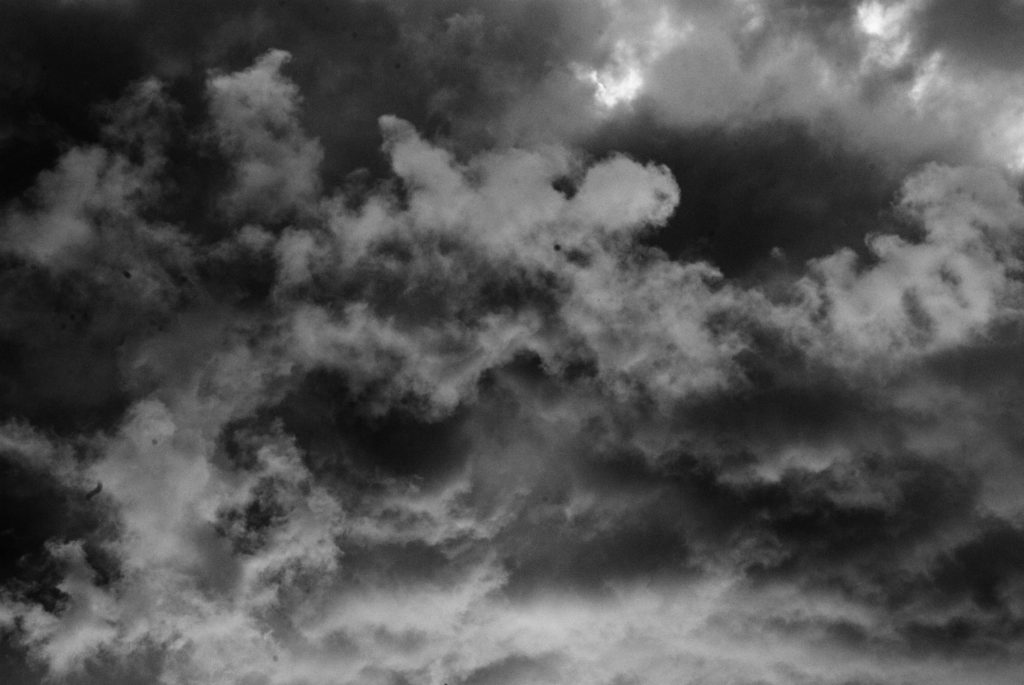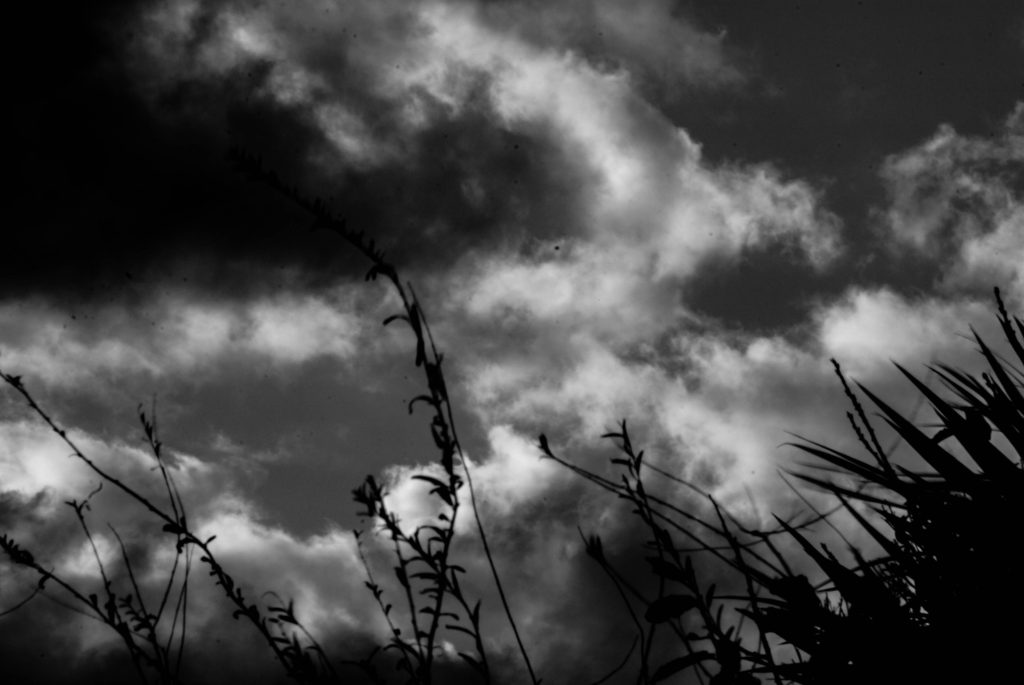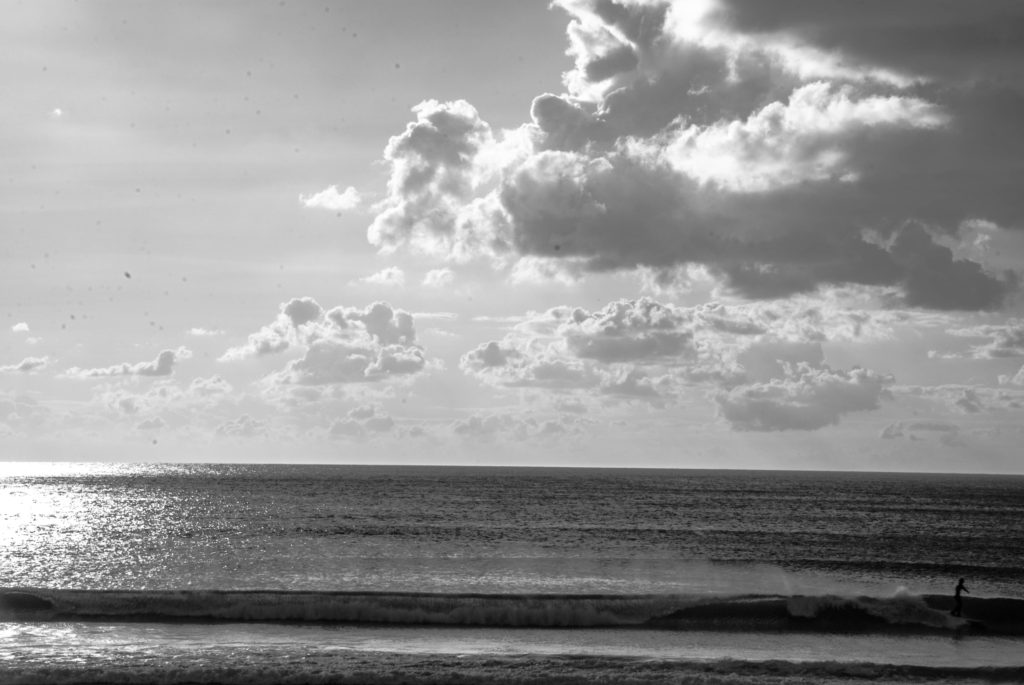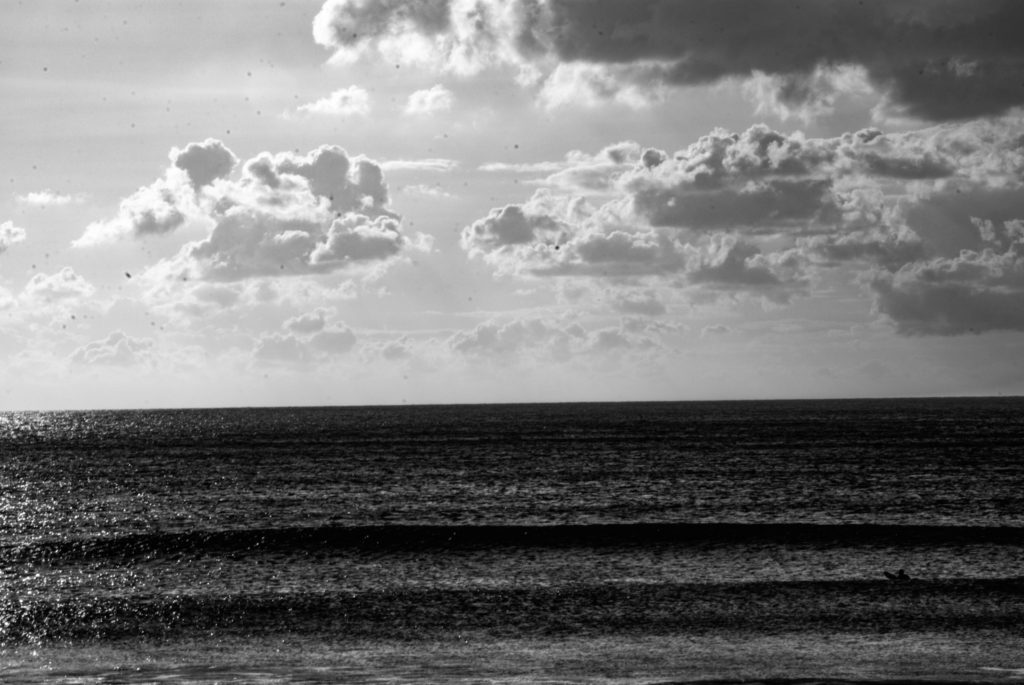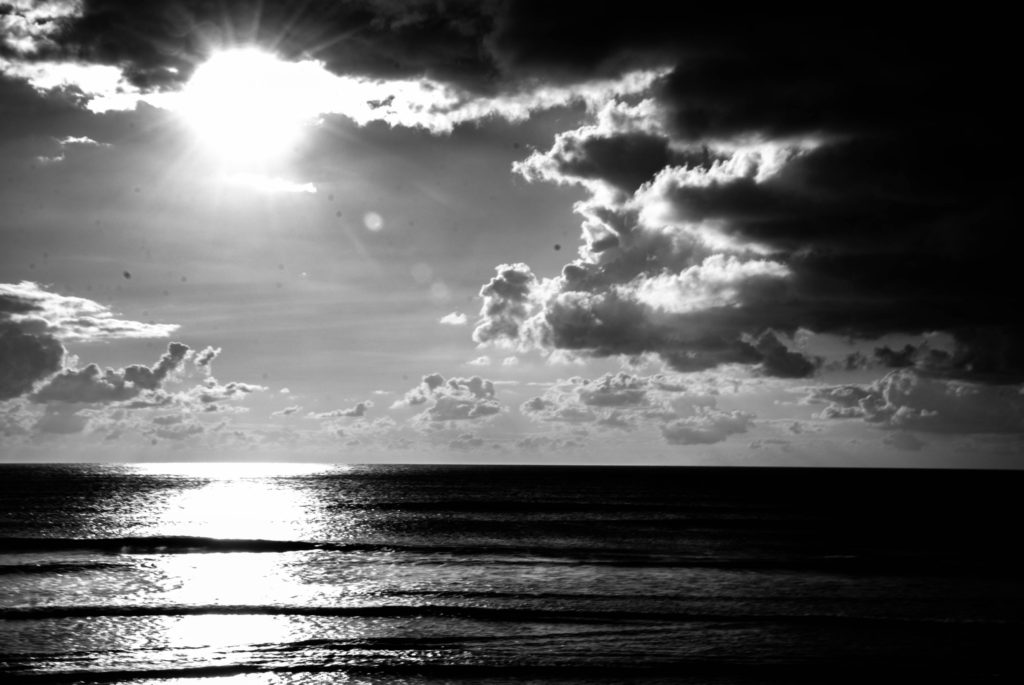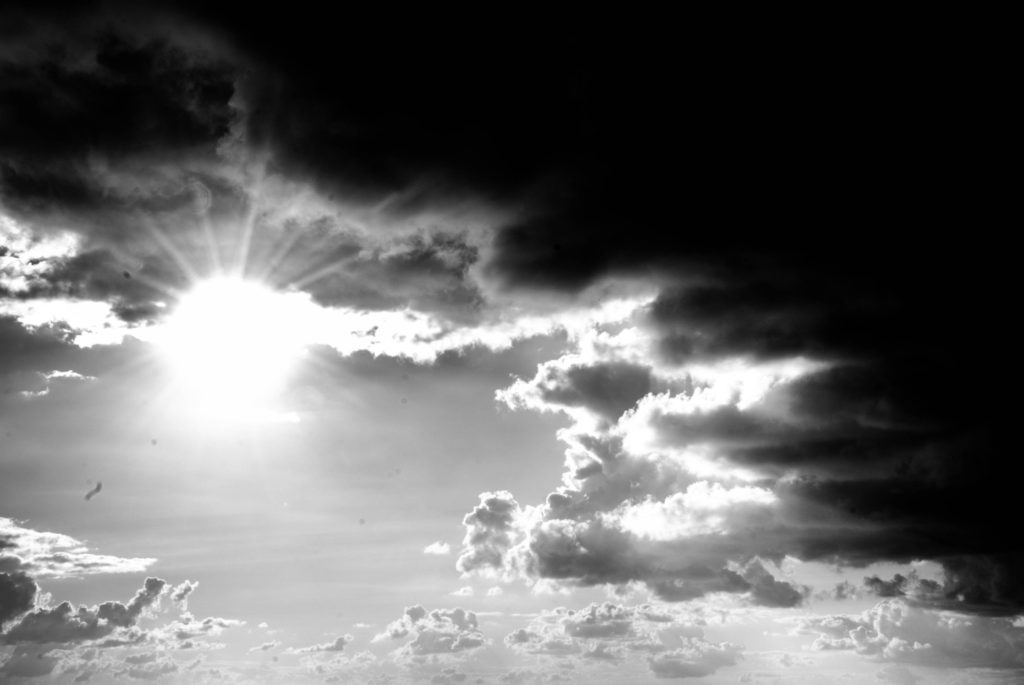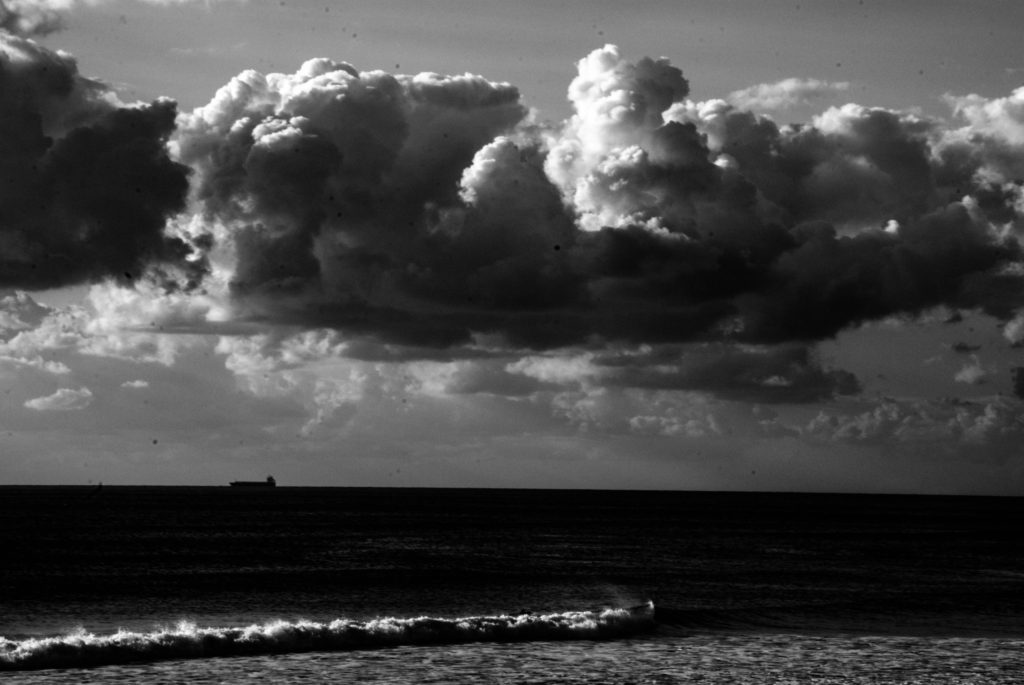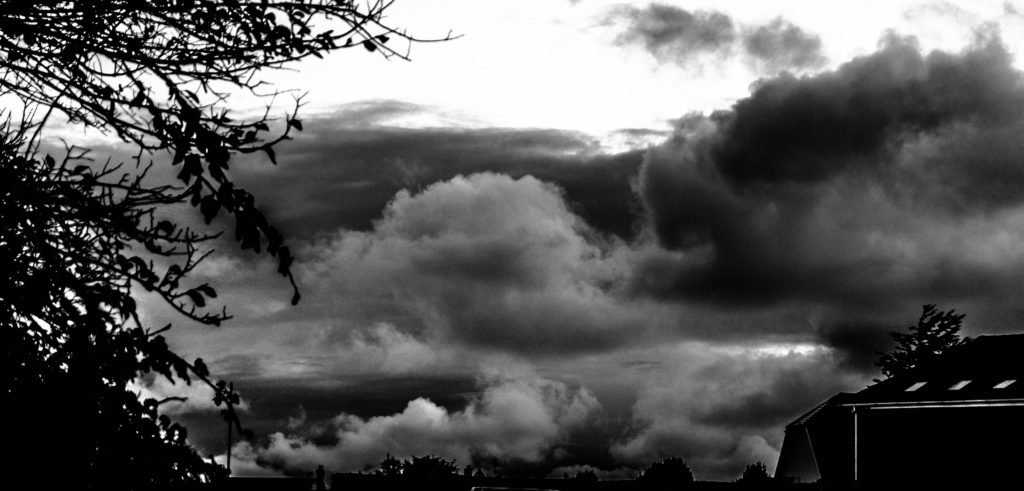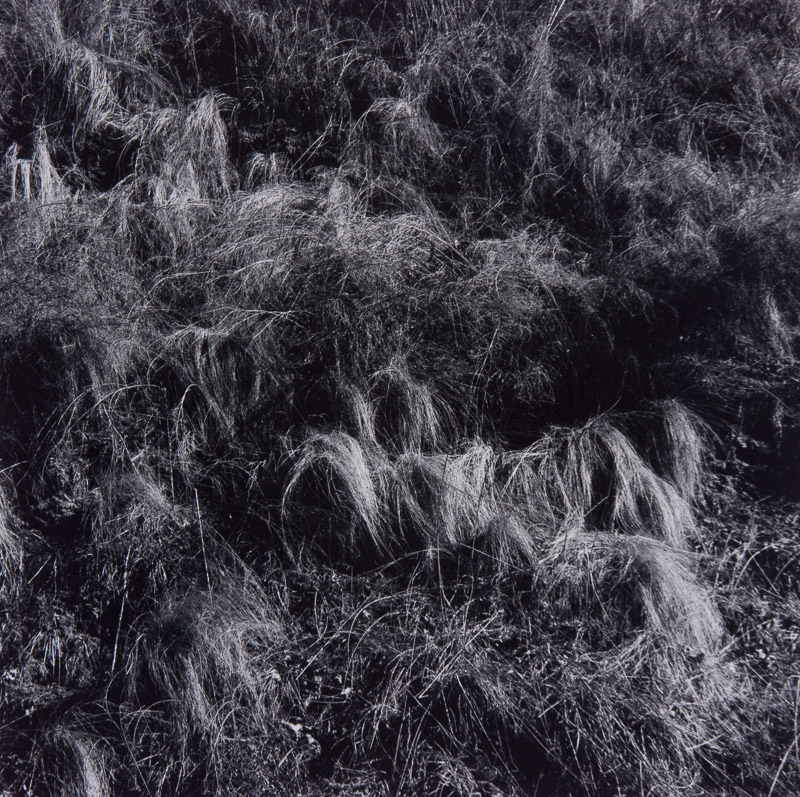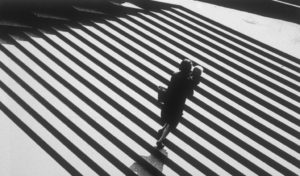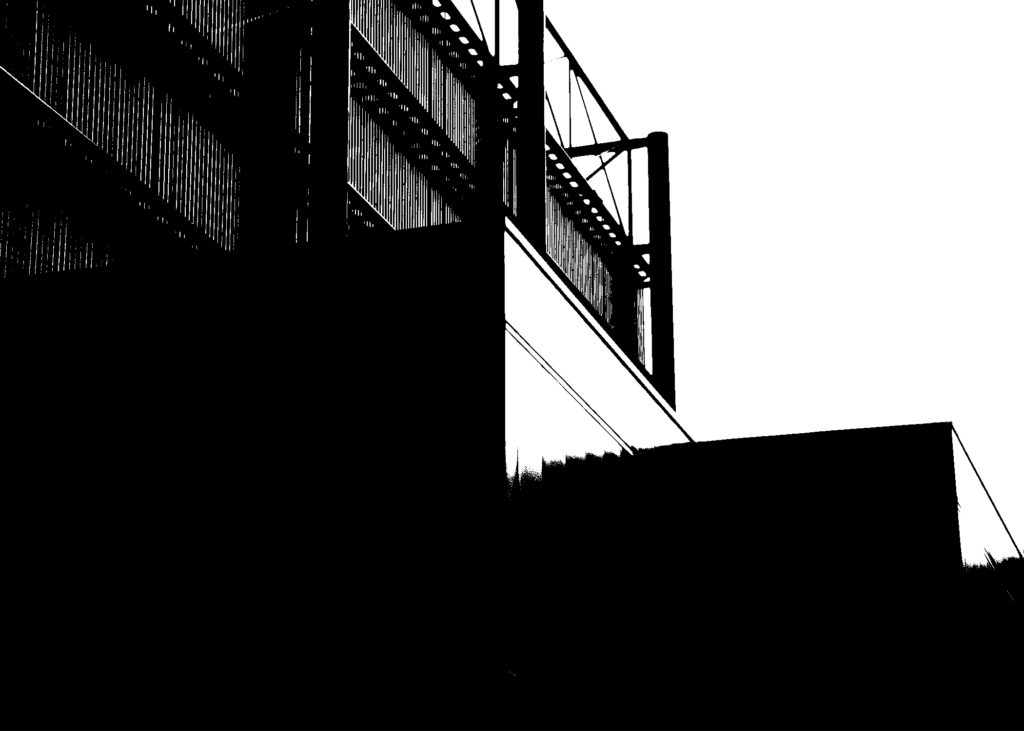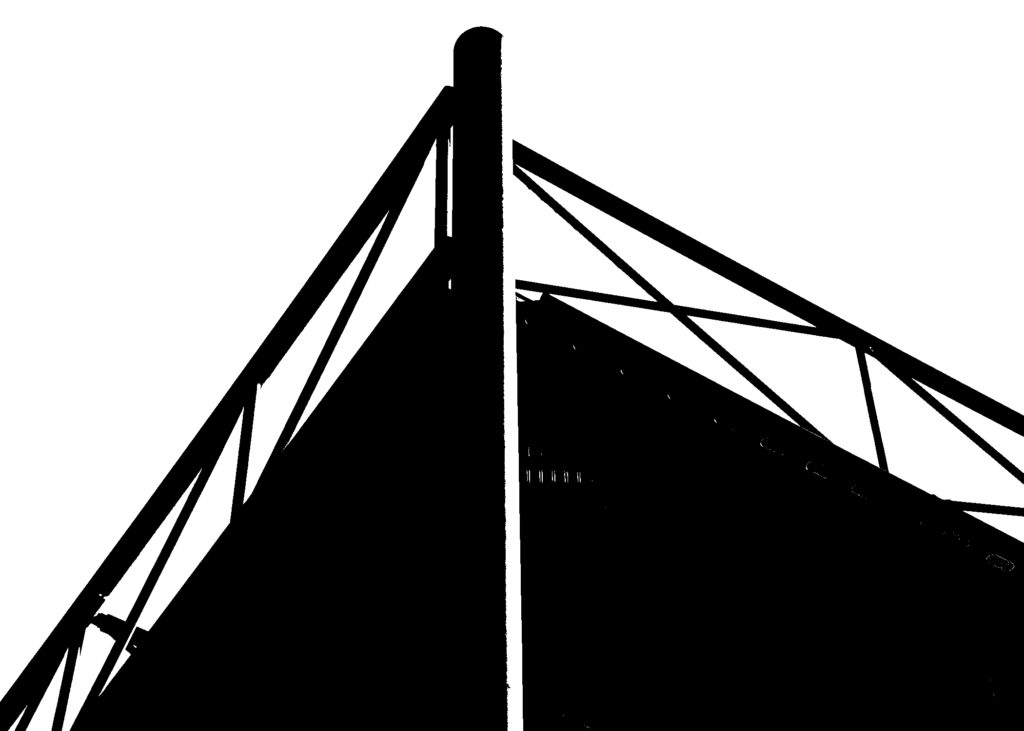
Ansell Adams 
Michael Kenealy
Above are two rural landscape images. The image on the left was shot by American photographer Ansell Adams and the right by myself.
Both images feature a low key, greyscale profile. The use of an ND filter and specific film allowed Adams to create an image with dominant dark tones whilst still allowing for the counteractive sharp highlights to come through in the image. I recreated this by shooting with a large aperture to include as much data in the image as possible and then altering the saturation and temperature of the image in post production. These methods allow for both images to feature a highly romanticized landscape. For example the dramatic moon in the center of a dark, almost fully black sky tucked behind a whisping blanket of clouds which are being pierced by a gathering of sharp snowy mountains is a typical depiction of an exaggerated, sublime landscape.
Both images feature a large tonal range from the dark sky’s and foliage to the white mountains and sand dunes.
Both images have similar form with the empty sky taking up two thirds of the image with the bottom of the image being filled.
They both contain a strong leading line horizontally through the image
Conceptually, both these images represent the idea of death and moving on. The images both feature dark, mournful tones. Adams image features a graveyard symbolizing death and my image contains a sublime landscape which was once flourishing but is now more baron symbolizing life and death. The images both feature bold horizons which alludes to the idea of “new horizons” and moving on from death.




